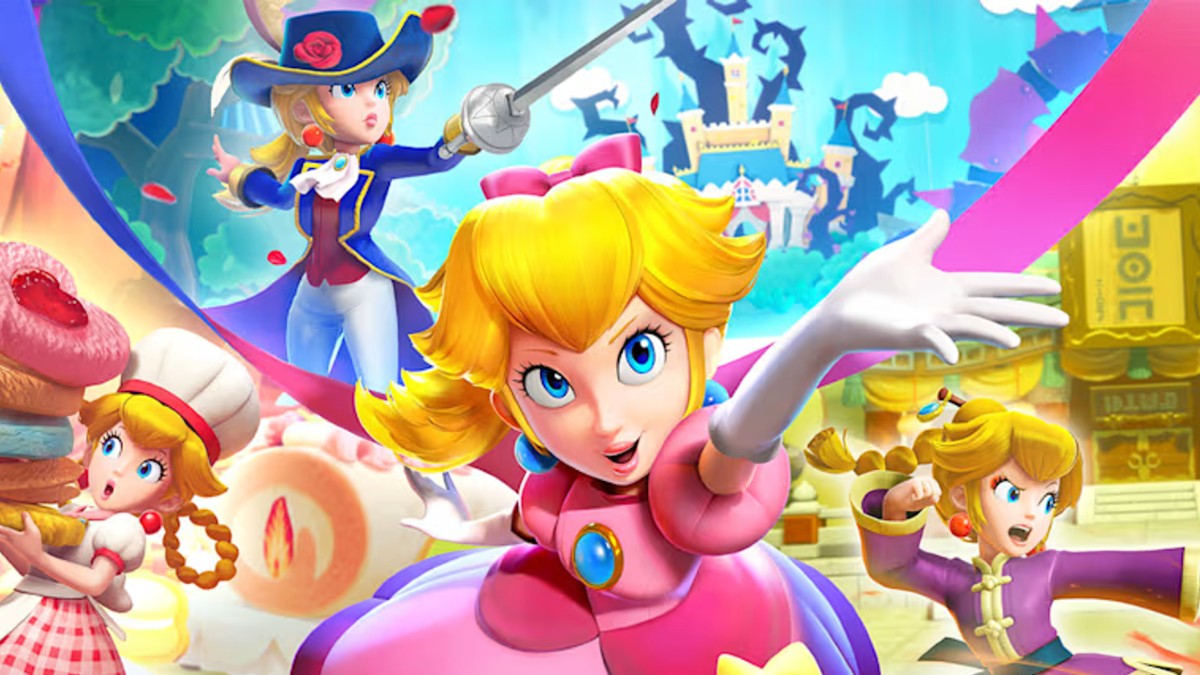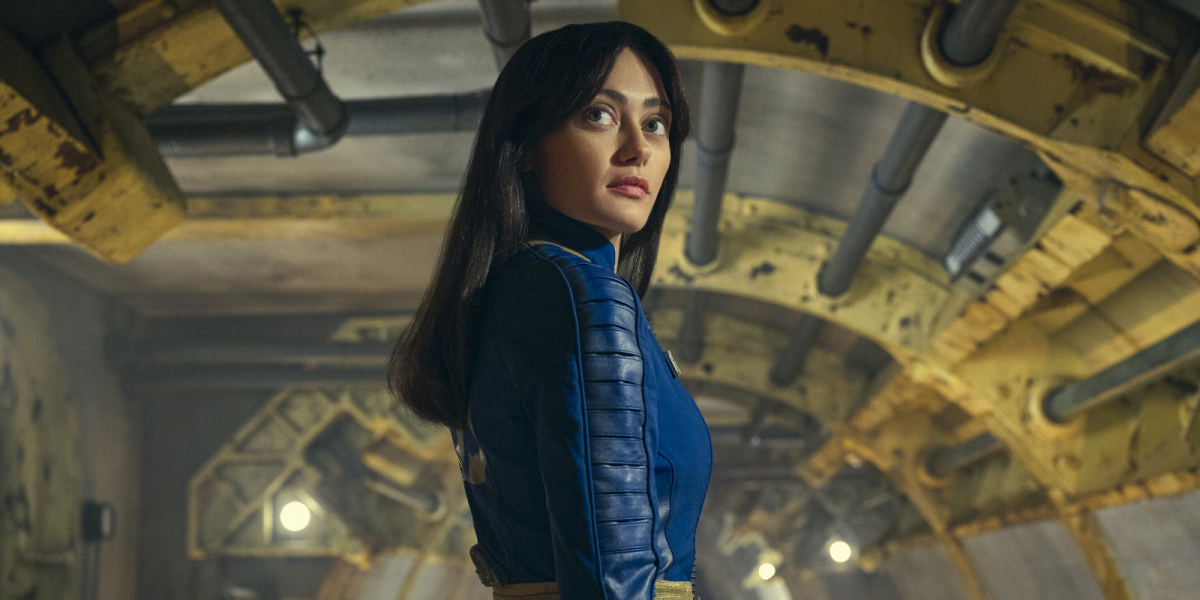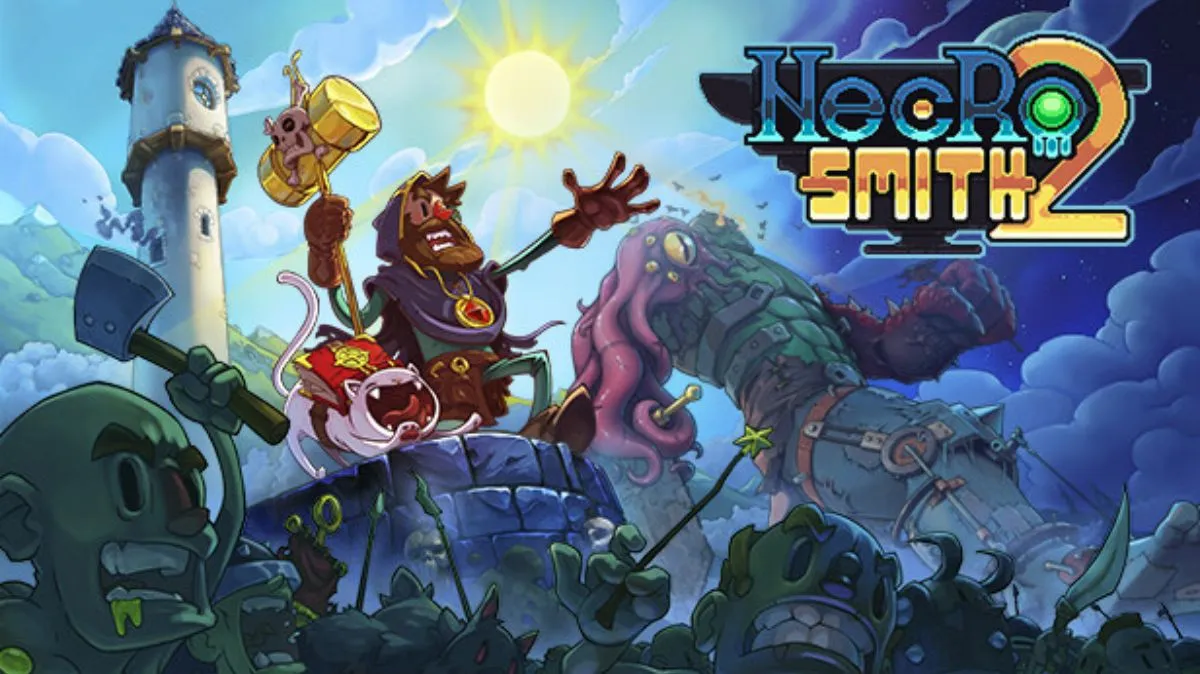
Playing Pokémon Black & White is kind of like going back to visit an old house you used to live in: The structure might be the same, and the rooms haven’t changed much, but there’s new wallpaper and new furniture. “Huh,” you say to yourself, “That’s not how it was before.”
Since the days of Red & Blue, Pokémon has always been a very iterative series. The changes between successive versions are rarely world-shaking and when they are, it’s generally only for the hardcore competitive crowd. Changes made to Pokémon usually tweak things that didn’t work so well in previous games and add some new features here and there, that will inevitably need to be tweaked down the line. If you’re expecting Black & White to be a radical and revolutionary departure from the series’ past thus far, you’re in for a disappointment.
Much of the framework in Black & White is how you remember it if you’ve played even one game in the series: You’re a young boy (or girl) starting off on a grand new Pokémon adventure with your childhood friends. Choose one starter ‘mon out of three options (grass, fire or water), go to visit the local Pokémon Professor, and you’re off! You need to beat the eight gym leaders, challenge the Elite Four and their Champion, and on the way you’ll have to defeat an evil organization out to steal Pokémon/rule the world/destroy the world/all of the above.
That core structure hasn’t changed, but the set pieces within it have. Instead of having just one hometown rival (who always takes the starter with an elemental type advantage over yours, the jerk), you have two – a calculating young man who tackles his journey with mathematical precision, and an absentminded girl whose father doesn’t approve of her leaving on a Pokémon adventure. The villainous team is actually a fanatical animal-rights organization who believes trainers who use Pokémon are mistreating them and that the monsters must be liberated from the humans who enslave them. Even the gym challenges mix it up a bit – the first gym is a three-type shindig that will always have an advantage over whatever you started with. You don’t get to choose Bulbasaur for a free ride anymore.
Pokémon Black & White‘s willingness to tackle topics like individual freedom, one’s independence, and the potential ethics of forcing cute animals to fight at your personal whims give the game a more somber and more grown-up tone than previous entries in the series. It’s hardly the deepest treatment on the subject – in many ways it feels like an SNES-era JRPG – but it manages to tell a compelling yarn nonetheless, and should satisfy fans of the series who have wanted a more involved storyline for ages.

One of the biggest breaks Pokémon Black & White makes with previous games in the series is its setting. Every new generation of Pokémon titles has introduced players to a new region of the Pokémon world – Kanto, Johto, Hoenn, Sinnoh – but while they’ve all introduced dozens and dozens of new monsters to catch, you’ve also had familiar faces like Rattata, Zubat and Geodude. The Unova region is set on the far side of the Poke-world – while the other regions were based on locations in Japan, Unova is inspired by the Manhattan metropolitan area – and features an entirely new cast of characters. You won’t see a single Pikachu until well after you’ve beaten the game.
For the most part, this is actually a very smart design choice. It means that players can’t just rely on their tried and true old workhorses like Alakazam or Jolteon, and must get to know the new roster. Said roster is a bit of a mixed bag: While there are certainly some cool-looking ‘mons in the bunch, there are also some outlandish designs that are a bit too weird, even for Pokémon. Did we really need a trash-bag Pokémon? Still, it’s refreshing to encounter an entirely-new monster in the field and not immediately know everything about it, and it fits with the series’ emphasis on exploration.
Pokémon Black & White‘s battles are the slickest the series has seen yet. While it still ultimately boils down to two teams exchanging attacks, the developers approached this game with a more cinematic eye. The camera zooms and pans across the combatants instead of remaining static, and the battle sprites themselves are active and animated. Emonga (an electric flying squirrel) glides and swoops with a smile on its face, Herdier (a terrier) paws at the ground, and the psychic Munna lazily floats in a half-dream state.
Not only do the sprites have tons of character and help endear the player to even the more questionable designs, but they also convey information: When a Pokémon is under the Sleep condition, its eyes close and its movements become much slower. It’s not the fully animated battles that Pokémon fans have been dreaming of for years, but it’s certainly more visually appealing.
The battles themselves are also much faster than in generations past. Attacks that hit multiple targets do damage to all of them simultaneously, and said damage is dealt instantaneously – there’s no more waiting for a health bar to slowly diminish. If that sounds like a minor change, it is, but it’s also a change that hugely improves the pace of combat. Another minor change that ends up feeling like a godsend is that the developers have removed the irritating “critical health” noise that popped up whenever your Pokémon was close to defeat, and instead have replaced it with an urgent remix of the battle theme that gets your heart pounding but prevents your ears from bleeding.
Also, TMs that teach your monsters new moves can now be used infinitely, which is a change the series has needed for years.

One thing that hasn’t gone away is the emphasis on grinding levels. Pokémon Black & White does make it easier to raise an evenly-leveled team; lower-level Pokémon get more experience for defeating higher-level enemies, and you gain even more experience if you swap your team during a fight. Still, “easier” in this case is hardly “easy.” There will still be times when you’ll find yourself having to take some time to go out and beat up helpless wild ‘mons to level your team up, and while this goes by more quickly than before thanks to the improved pace of battles, it can still be a nuisance if you don’t like grinding.
Nintendo has also added some ambitious new online and social features to Pokémon Black & White in the form of the C-Gear, a new gadget in the game that makes it possible to connect wirelessly to the internet anywhere in the Pokémon world to chat with friends or to battle. The Pokémon Global Link will let players hunt for new Pokémon and Berries online, and the Global Battle Union should make it easy for trainers to find real human opponents whenever they want – in theory, anyway. The Global Link doesn’t go online until the end of March, so whether the reality will live up to the promise is anyone’s guess.
That Nintendo and Game Freak have put so much of an emphasis on the online features this time around is both a blessing and a curse. If you have friends who play Pokémon, you can use the Entralink region in the middle of the game’s world to go into their version of Unova and accomplish multiplayer missions together (again, in theory) and genuinely-multiplayer Pokémon is something that fans have been wanting for years. But at the same time, if you don’t have wireless internet or know anyone in real life who plays Pokémon – something that’s probably far more common in the West than in Japan – then these features are pretty useless. Since the developers have allocated the entire bottom screen of the DS for the C-Gear outside of battles and menus, that’s a lot of wasted space – one yearns for the functionality of the Poketch from Diamond & Pearl.
But that’s something that will inevitably be fixed in the next version of Pokémon, because that’s how the series works. It’s always iterating on itself, always improving and overhauling and tweaking. Pokémon Black & White is the best entry yet in the series – until it evolves yet again.
Bottom Line: With slick and fast-paced battles, a more adult take on the traditional Pokémon concepts and an entirely new roster of characters, Pokémon Black & White is as close to a “reboot” as the franchise has ever seen, but it doesn’t reinvent what doesn’t need reinventing.
Recommendation: If you’re hoping for something radically different, you’re out of luck. If you’re looking for a fresh-feeling take on tried-and-true concepts, it’s the best Pokémon yet.
[rating=5]GAMES WRITER John Funk would like to battle! He misses Eevee.
Game: Pokémon Black and White
Genre: RPG
Developer: Game Freak
Publisher: Nintendo
Platform(s): DS
Available from: Amazon(US), GameStop(US), Amazon(UK), Play.com(UK)



